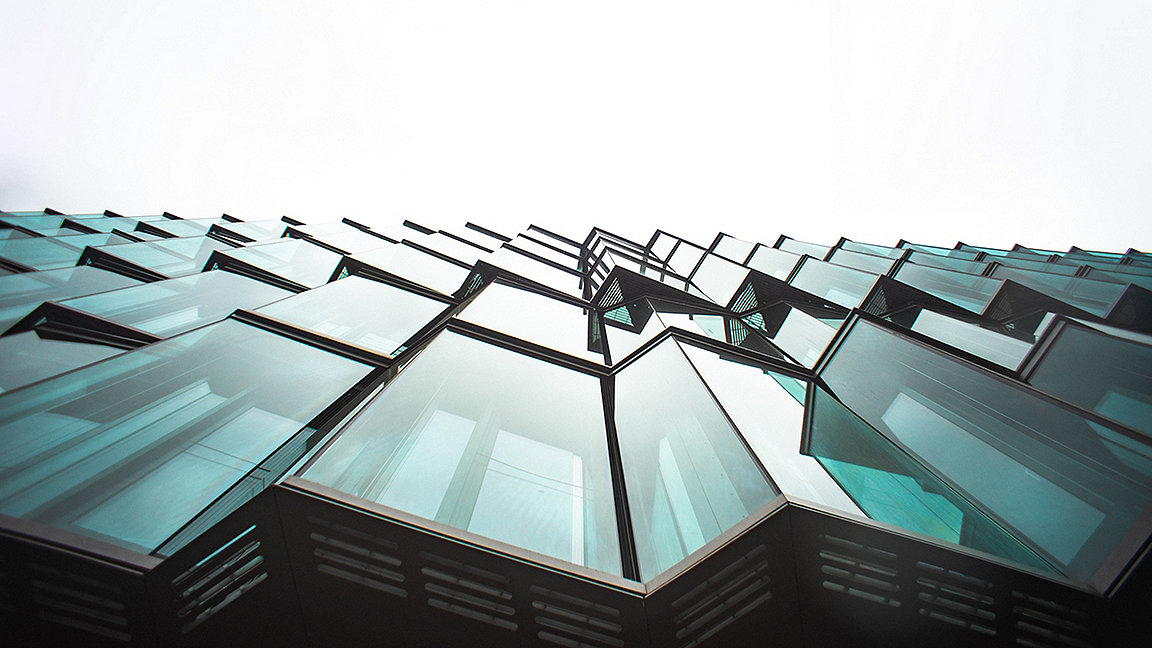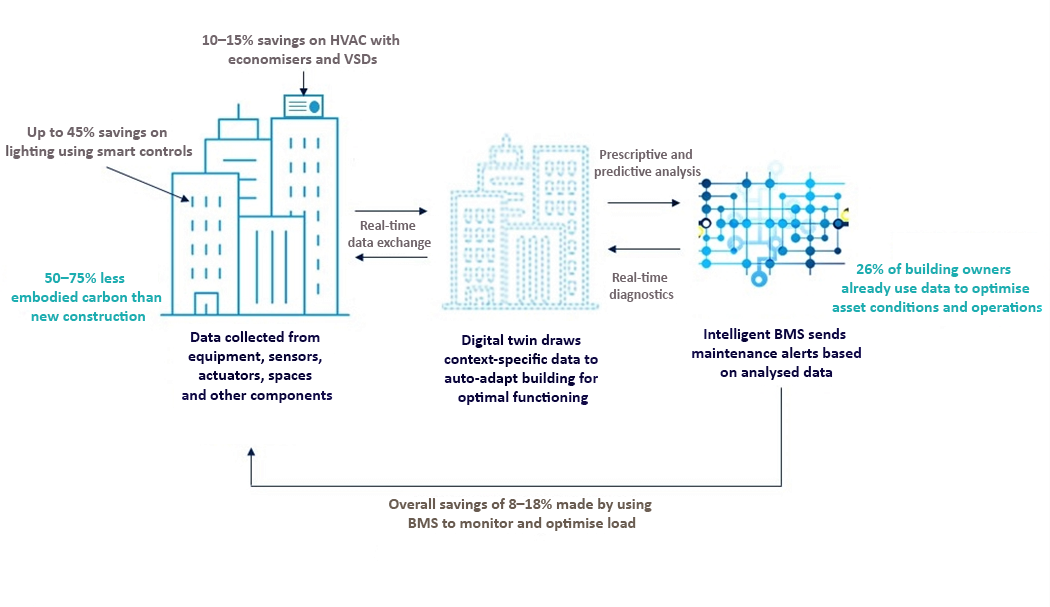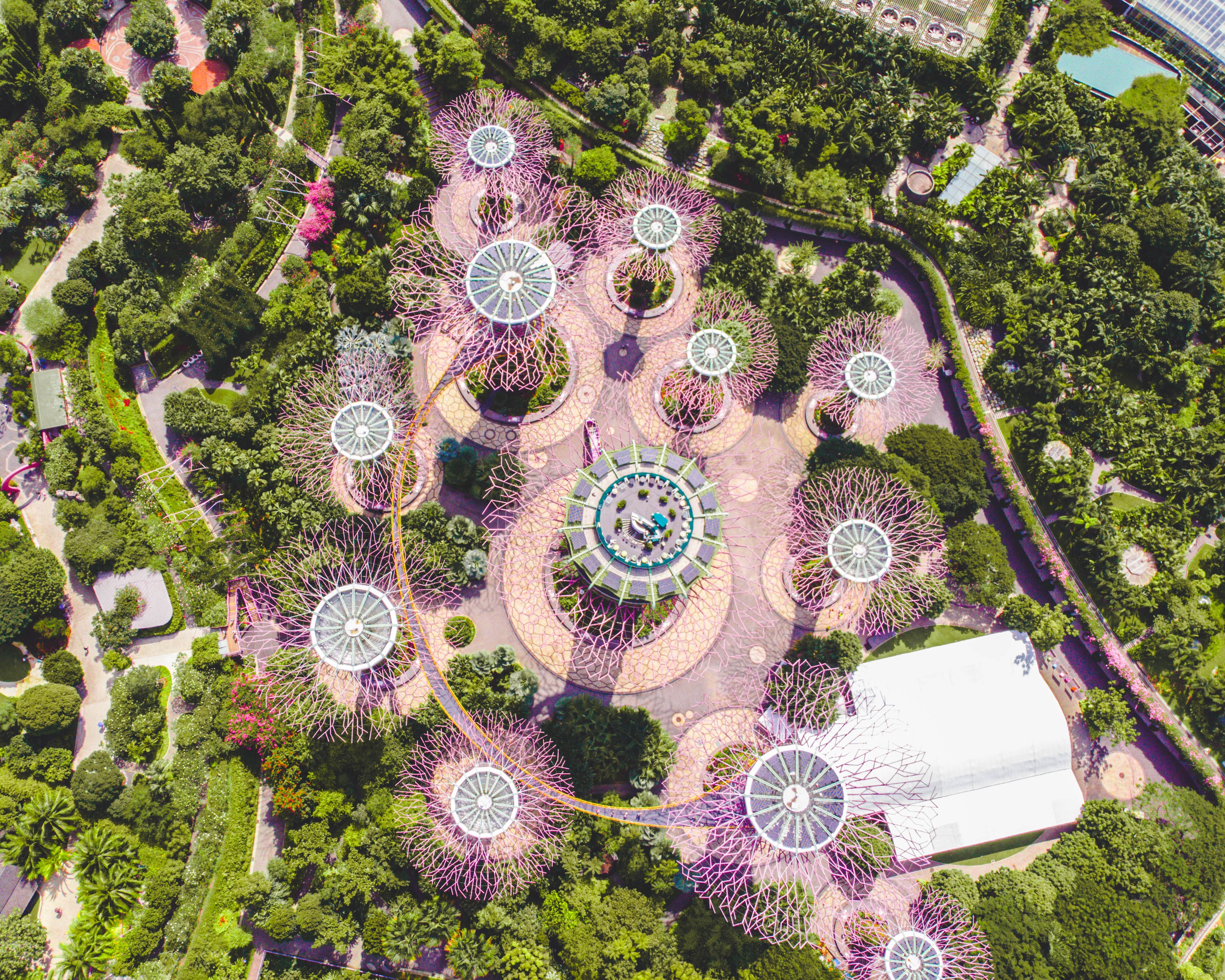
Photo by Paul Volkmer on Pexels
Although there is an increasing demand for net-zero buildings, retrofitting older, less sustainable assets can actually save 50–75% of the embodied carbon associated with new construction.
The way to improve such existing buildings is twofold: first, to find a means of reducing the overall energy consumption and, second, to replace fossil fuels with renewable sources. Data is key to both of these, and smart technology can be used to transform energy distribution systems and monitor building operations.
Collecting data to improve performance
Reducing the carbon footprint of large, energy-intensive structures can be a daunting task. But data can offer tremendous opportunities for their predictive and prescriptive maintenance. This data can be collected from sensors connected to the internet of things (IoT), as well as from power control systems, actuators in building operations, and building occupants.
Analysis of data from the IoT sensors can provide insights on usage patterns and identify where most of the energy is being expended. Combined with analytics, this data can be used to detect poorly optimised equipment that results in high energy use. It can prescribe equipment maintenance, repair or replacement, to reduce load and optimise consumption by sending out timely system alerts to the facilities management team.
Artificial Intelligence (AI) platforms can automatically control the environment and operations inside and around the building. These include occupancy sensors for optimal movement and space utilisation as well as sensors that allow control of lighting, temperature and air quality. Data from such sensors can serve as input for AI algorithms that further improve automation and efficiency.
The IoT can also provide the interconnectivity that enables various components to talk to each other, automating energy-efficient decisions as shown, for example, in Figure 1. An interoperable building is the first stage in creating an energy-friendly environment. This gives assets owners more control over energy consumption and costs, helping them meet sustainability goals.

Economising HVAC energy use
The heating, air conditioning and ventilation (HVAC) in a building accounts for 38% of building consumption and 12% of overall energy use globally, producing 2bn tonnes of carbon a year.
Owners of older assets can fit these energy-gorging systems with economisers, allowing them to better observe their use and improve efficiency. Economisers include logic controllers and smart sensors that draw in outdoor air to reduce the operational time for the HVAC compressor.
HVAC systems can also be upgraded by integrating variable-speed drivers into smart control software. This allows owners to run them at lower speeds according to demand, so they can make energy savings of 10–15%.
Such smart control software runs on the building management system (BMS), which helps regulate electrical and mechanical equipment.
Installing intelligent management systems
The BMS is a low-maintenance investment that is easy to install and integrate into existing platforms, enabling older assets to be retrofitted with a range of energy-efficiency measures.
It can help owners exercise control over every programmable and interoperable unit from power, lighting, plumbing and HVAC to solar thermal units, fire alarms, video surveillance and access control. The system itself can be configured across several devices, whether condition monitoring or predictive maintenance using sensors.
Pairing motorised electro-mechanical systems such as HVAC, and operable vents and windows, with a range of IoT equipment enables occupants to improve the comfort of their internal environment, by adjusting temperature and humidity. The BMS can alert owners to upcoming maintenance needs or predict device malfunctions through the BMS dashboard.
The BMS web dashboard is a centralised interface between the integrated building systems and the owners. It uses intelligent software tools to analyse and display insights from sensor data. Building owners can use the dashboard to better comprehend building energy usage, make changes as needed, and address concerns from performance abnormalities.
With a combination of BMS and IoT run over 5G networks, building owners can use strategic insights to inform efficient energy management from a centralised dashboard.
Redistributing energy on smart grids
Using on-site renewable energy supplies including wind power, radiative cooling, and thermoelectric power generation that converts heat into electricity, older buildings can even be adapted to produce more energy than they consume, turning into net-positive structures.
Intelligent controls and smart energy grids can help such buildings export the excess power they generate to the grid. This not only helps owners with carbon credits, it also establishes a distributed energy generation model. Buildings can produce energy that can be redistributed through the smart power grid to other consumers, making for even greater sustainability.
'Buildings can produce energy that can be redistributed through the smart power grid to other consumers, making for even greater sustainability'
Digital twins help optimise efficiency
All data collected from IoT devices can be used to create a real-time digital twin of the building.
This technology uses AI algorithms that draw context-specific insights from the data to auto-adjust building conditions for optimal function. The digital twin accurately predicts energy performance by using simulations, and enables sustainable operational enhancements to control energy savings and support occupant health.
Devising suitable strategies
Repurposing existing assets creates value from a liability that can otherwise only worsen with time. But there is no universal strategy.
To understand what a given building needs, so-called fit-gap analysis can be used to identify suitable measures. Meanwhile, a high smart readiness indicator score can determine what's best for each retrofit project.
Using insights derived from data is the first stage. To achieve the triple ambition of sustainability, energy-efficiency improvements and green economic growth, we have to build the path brick by byte.
Vinod Anand Bijlani is a sustainability and smart cities expert
Contact Vinod: Email
Related competences include: Sustainability
RICS-REDAS Smart Buildings Conference 2022
2 & 3 Nov 2022 | 08:30 - 13:00 SGT | Online
RICS-REDAS Smart Buildings Conference returns for the fifth year. Gain insights on Singapore's Green Plan 2030 and understand how players in the built environment can contribute towards a low carbon future. Through unparalleled thought-provoking content, join your fellow professionals as we discuss Singapore's intelligent infrastructure journey that continues to make strides from smart to green. See here for further information.


